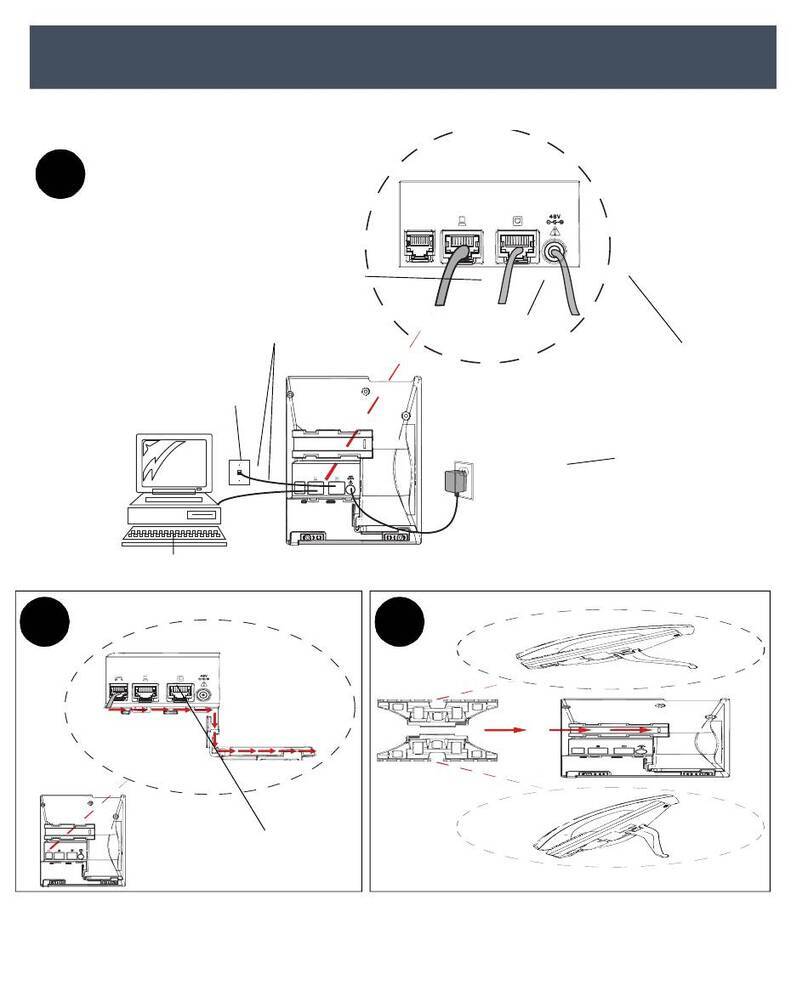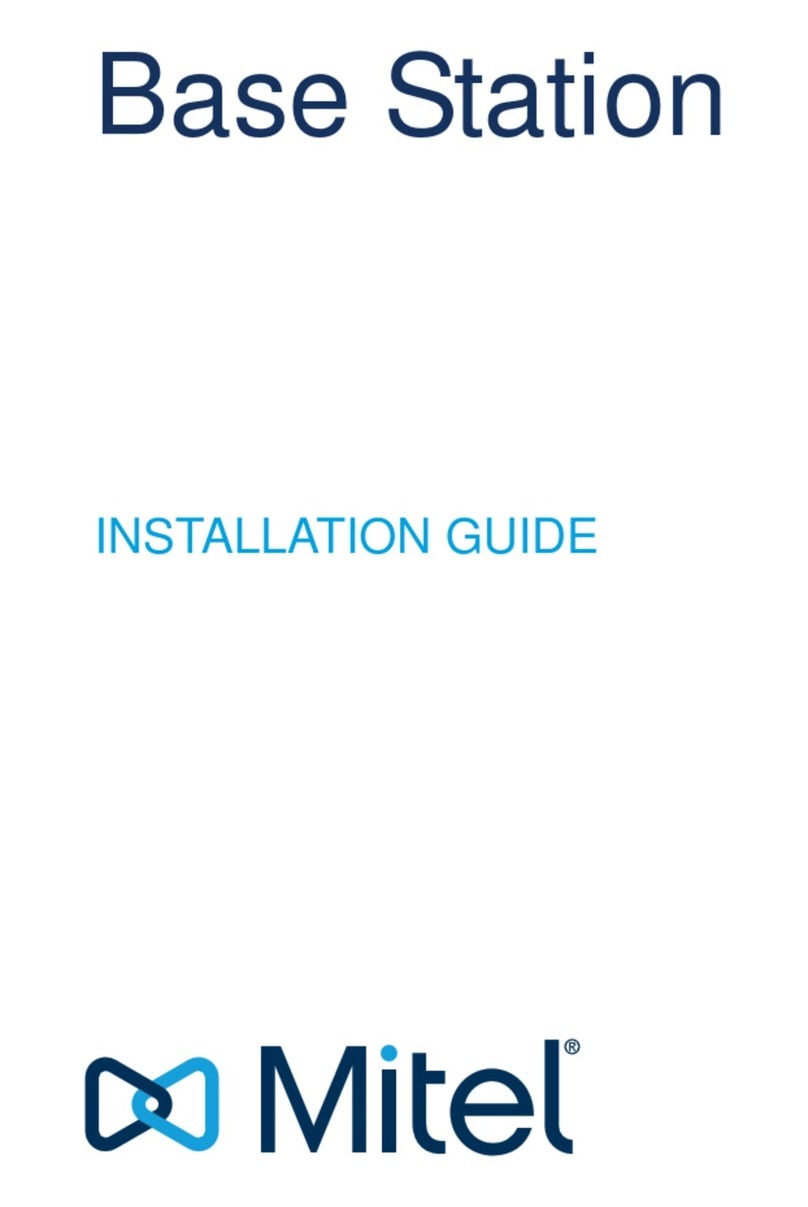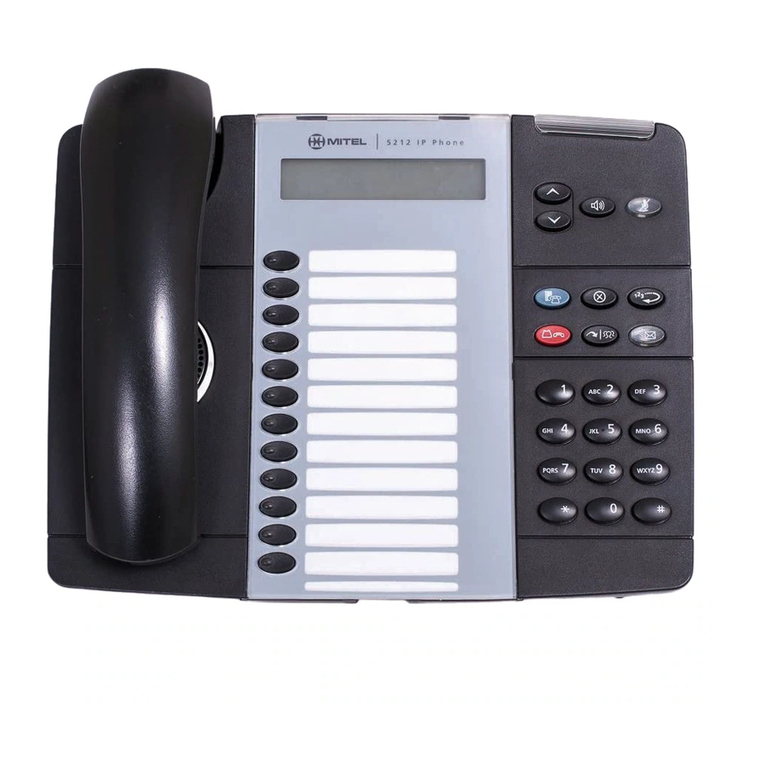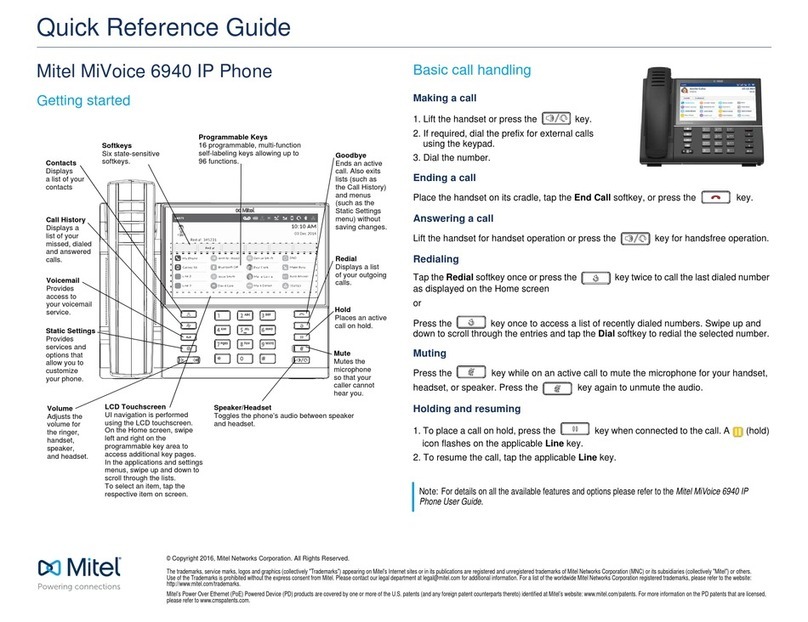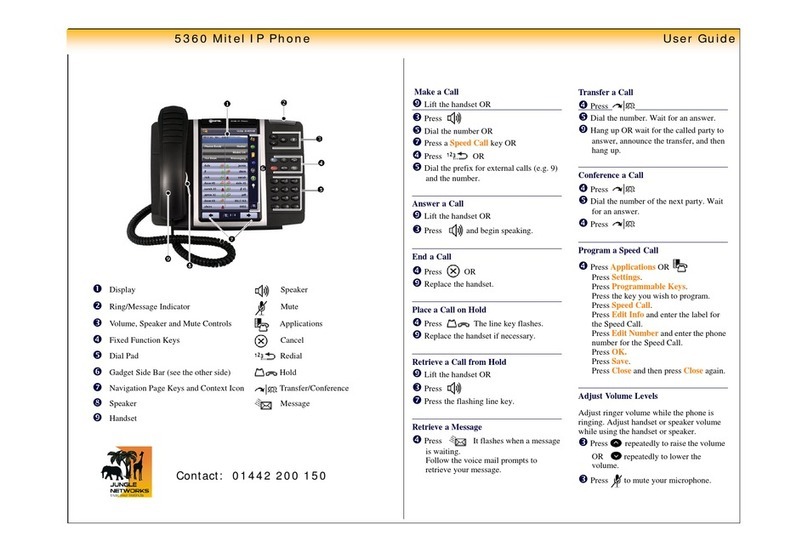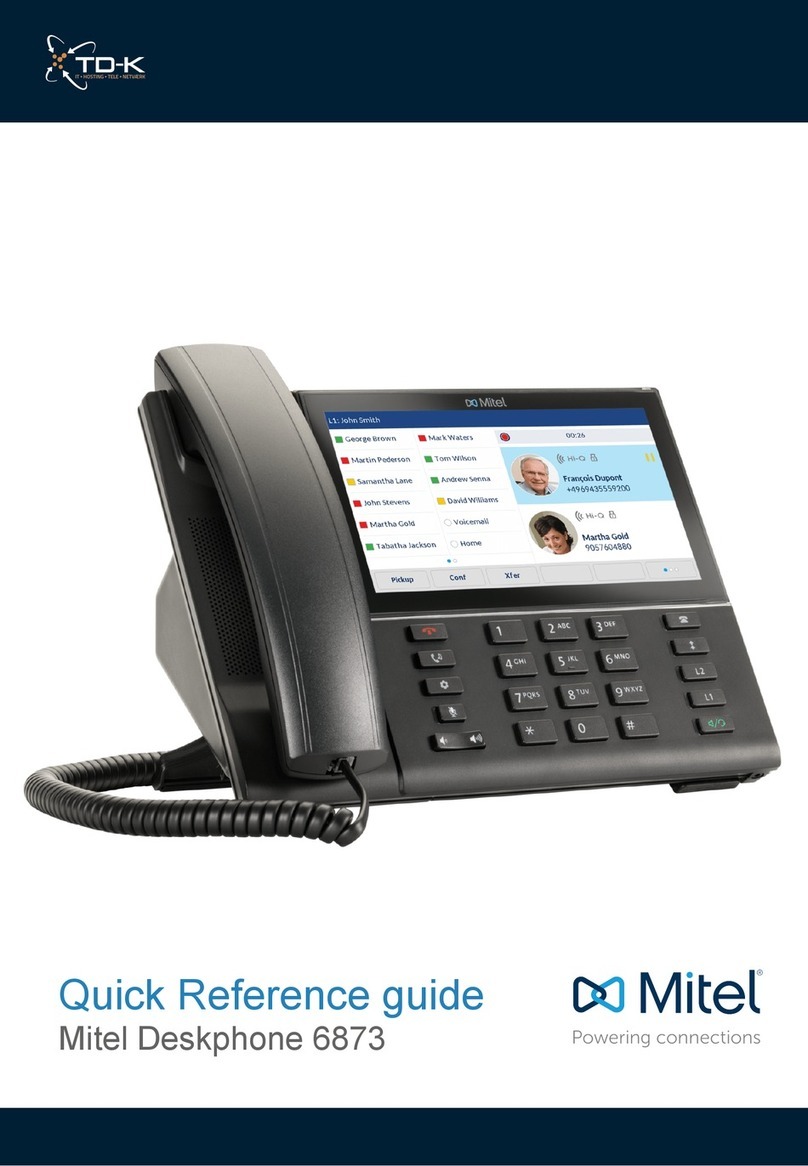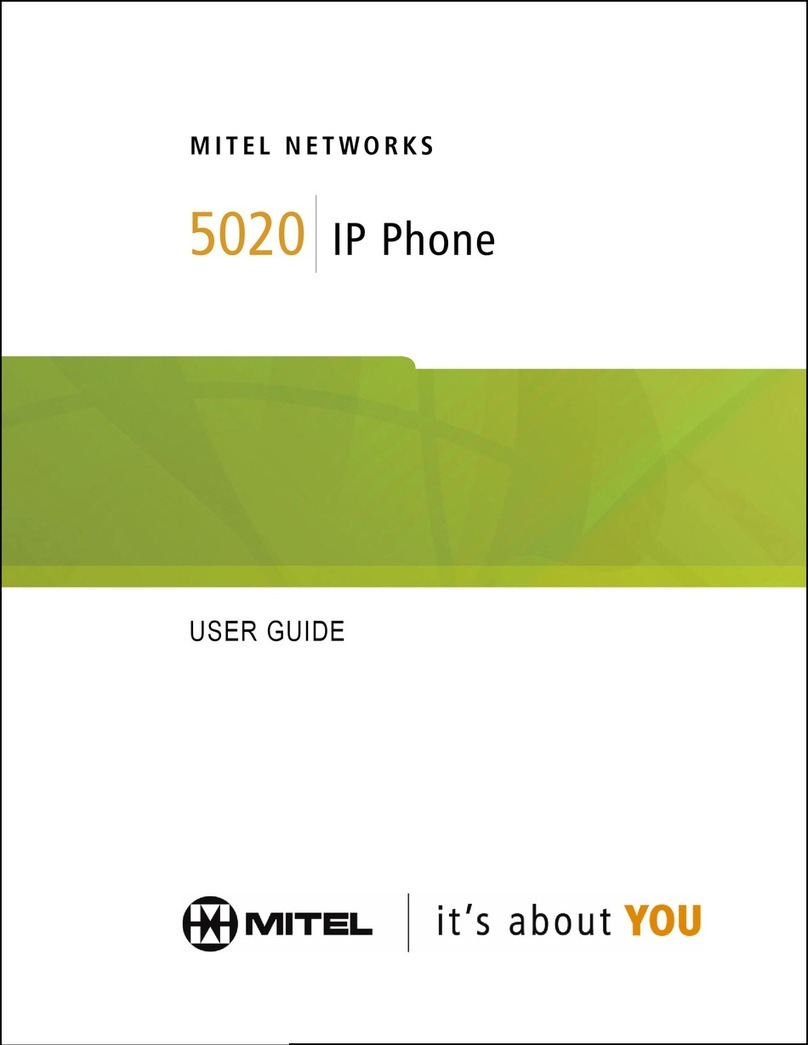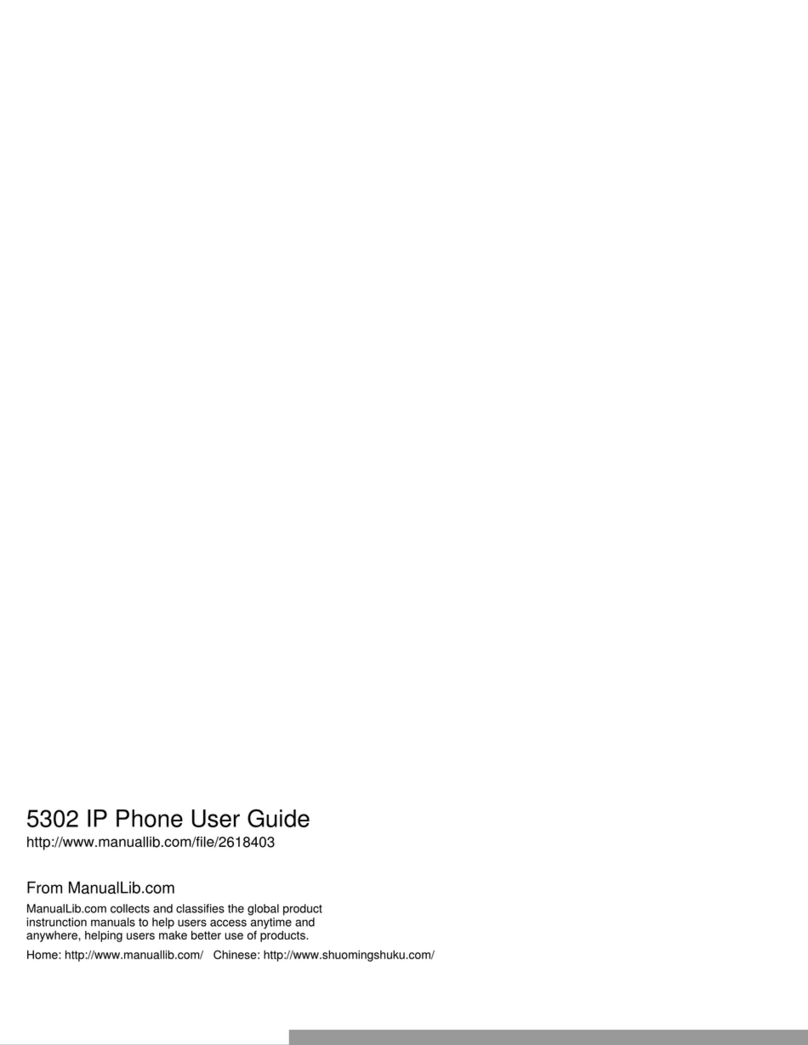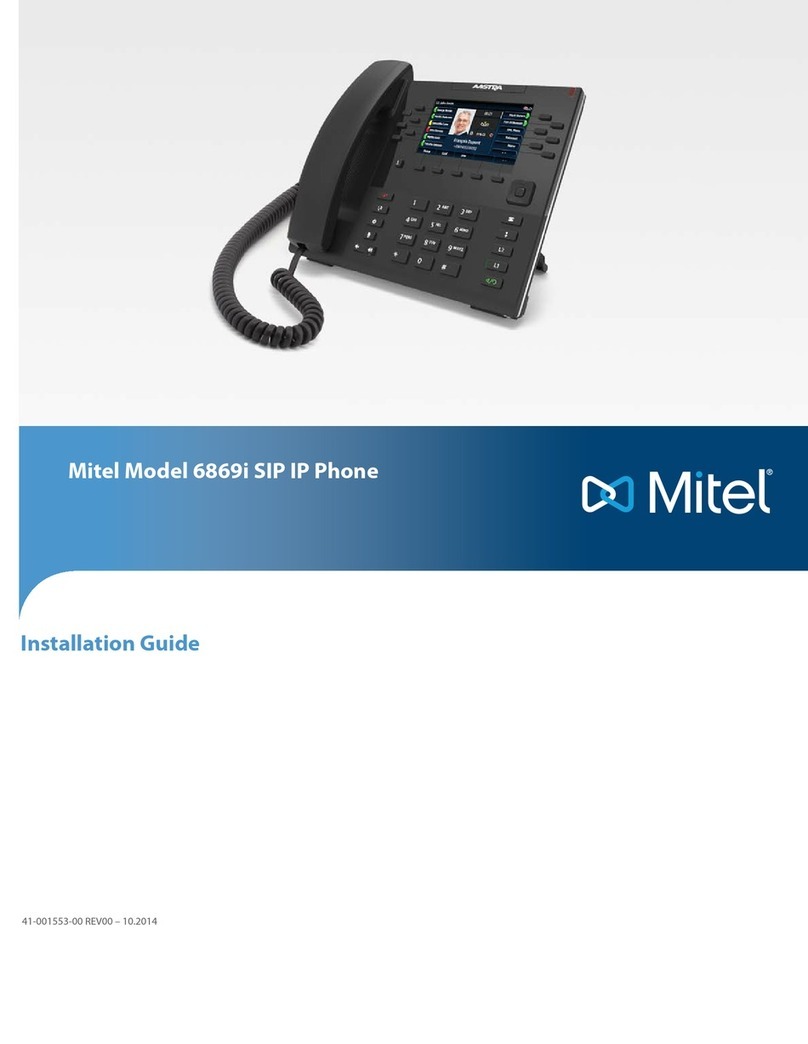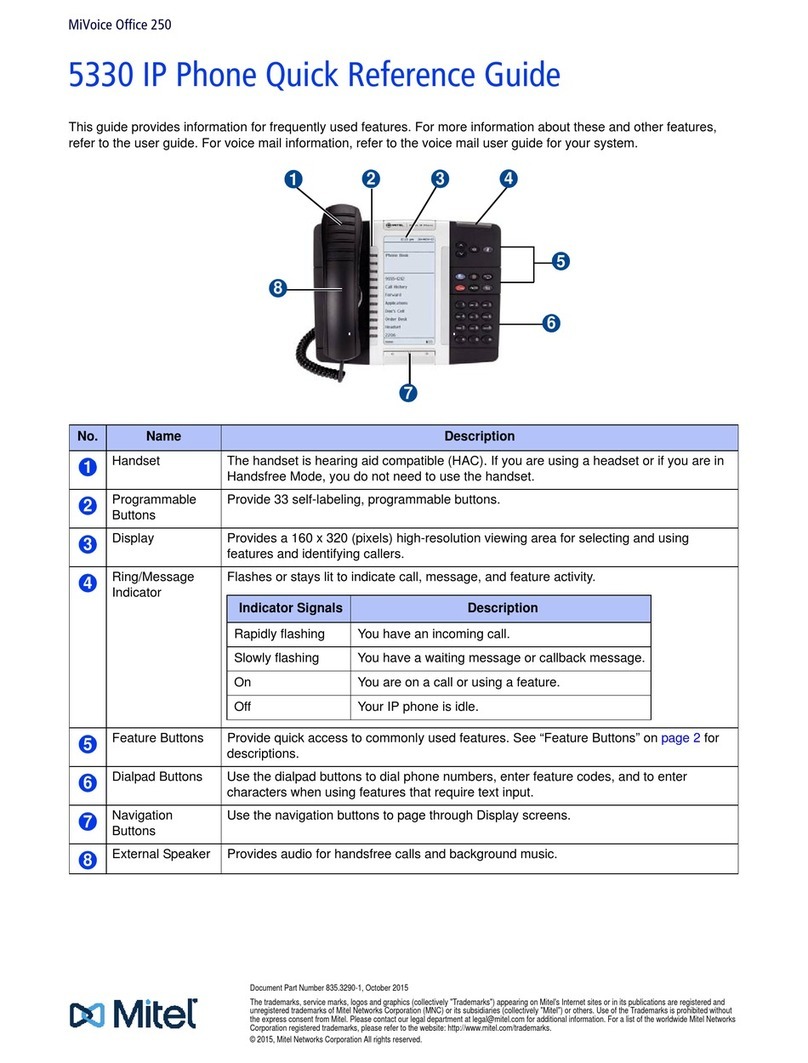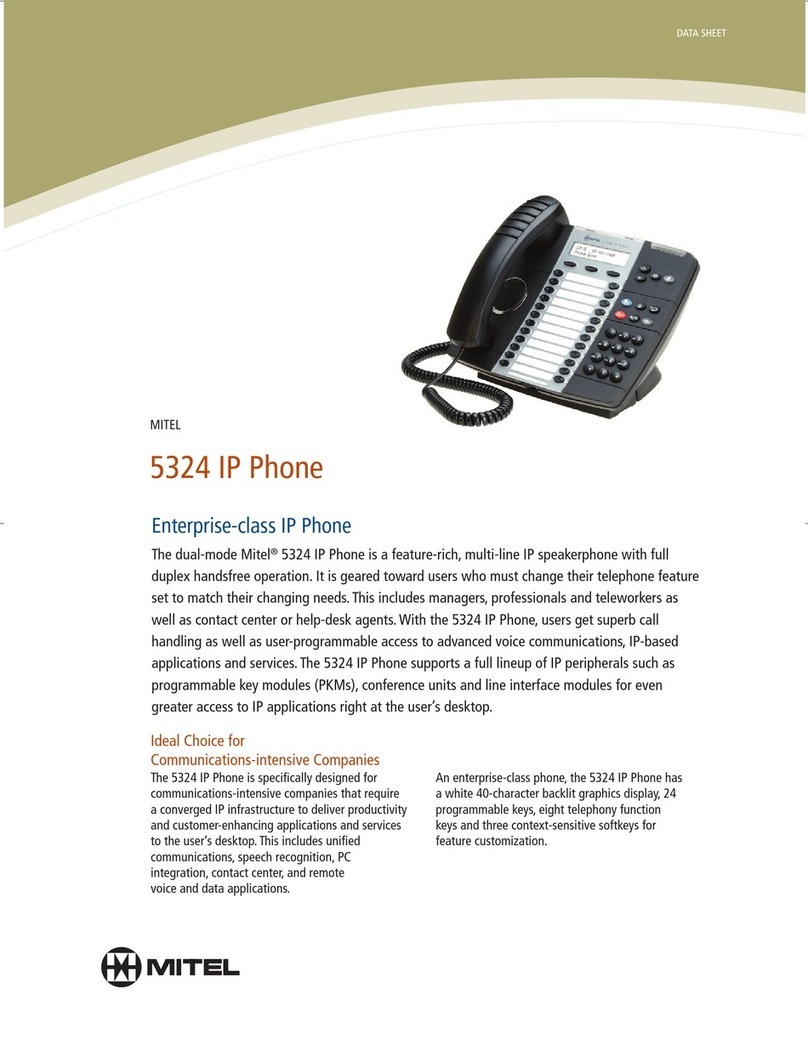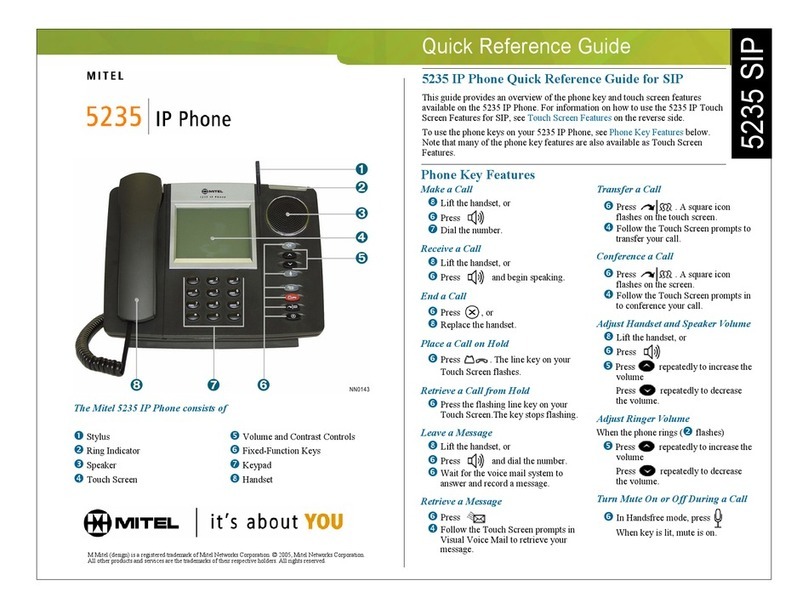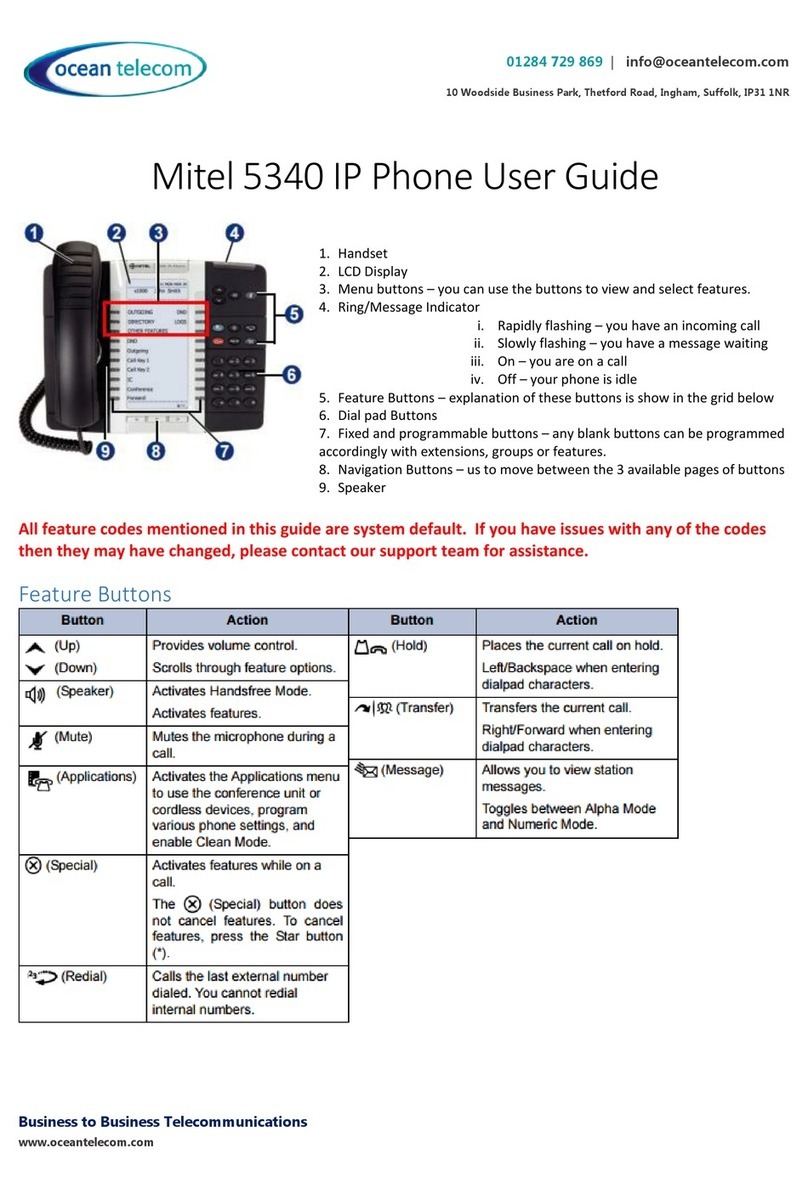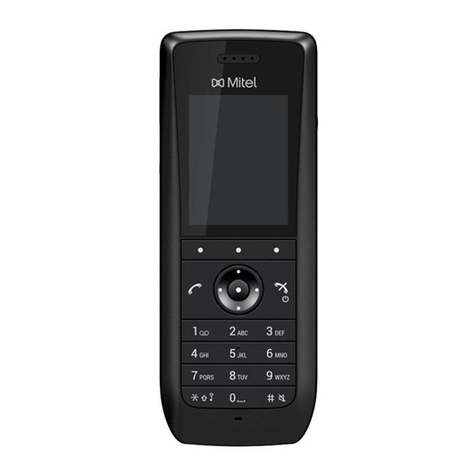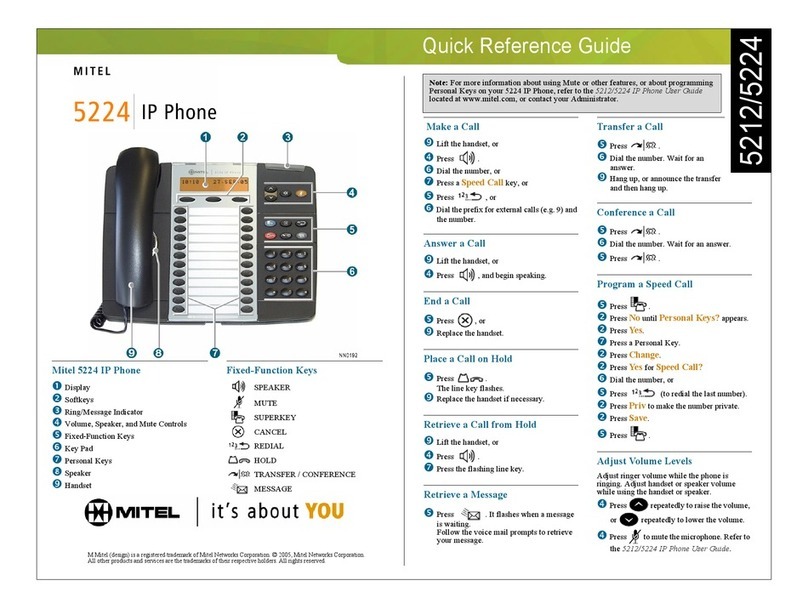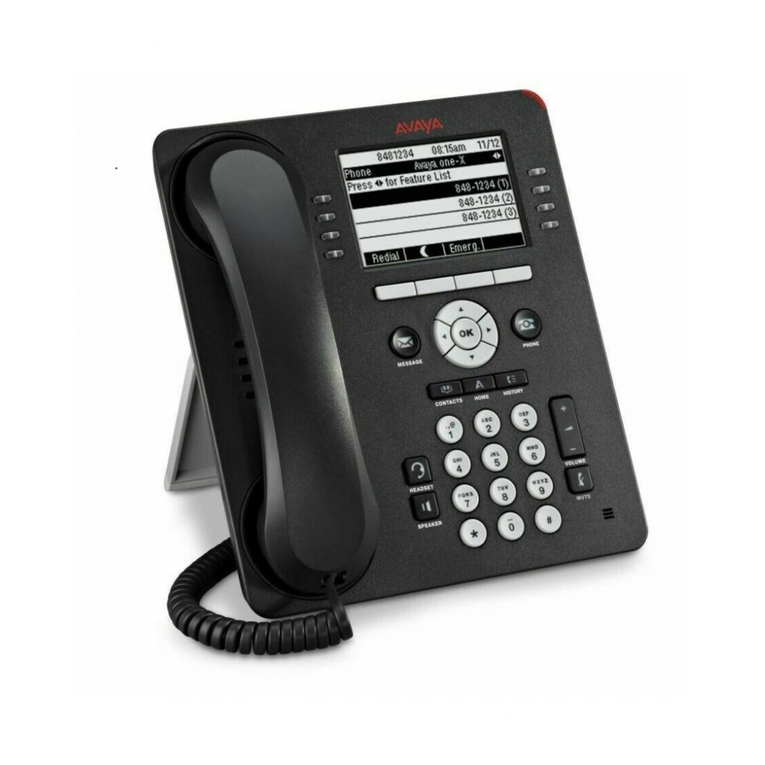
10 System functions and features as of R4.1
syd-0570/1.2 – R4.1 – 08.2016
9. 6. 1. 2 Voice memory capacity and voice channels . . . . . . . . . . . . . . . . . . . 374
9. 6. 1. 3 Operation of the voice mail functions . . . . . . . . . . . . . . . . . . . . . . . . 375
9. 6. 1. 4 Recording greetings with the PC and uploading them onto the
communication system . . . . . . . . . . . . . . . . . . . . . . . . . . . . . . . . . . . 376
9. 6. 1. 5 Audio guide . . . . . . . . . . . . . . . . . . . . . . . . . . . . . . . . . . . . . . . . . . . . 377
9. 6. 1. 6 Auto-Attendant . . . . . . . . . . . . . . . . . . . . . . . . . . . . . . . . . . . . . . . . . 377
9. 6. 1. 7 Scope . . . . . . . . . . . . . . . . . . . . . . . . . . . . . . . . . . . . . . . . . . . . . . . . 380
9. 6. 1. 8 Access concept . . . . . . . . . . . . . . . . . . . . . . . . . . . . . . . . . . . . . . . . . 382
9. 6. 1. 9 System configuration. . . . . . . . . . . . . . . . . . . . . . . . . . . . . . . . . . . . . 382
9. 6. 1. 10 Functions in prefix dialling . . . . . . . . . . . . . . . . . . . . . . . . . . . . . . . . . 383
9. 6. 1. 11 Suffix dialling functions . . . . . . . . . . . . . . . . . . . . . . . . . . . . . . . . . . . 384
9. 6. 2 Dialling by name . . . . . . . . . . . . . . . . . . . . . . . . . . . . . . . . . . . . . . . . 386
9. 6. 3 End-of-selection signal . . . . . . . . . . . . . . . . . . . . . . . . . . . . . . . . . . . 386
9. 6. 4 Call waiting . . . . . . . . . . . . . . . . . . . . . . . . . . . . . . . . . . . . . . . . . . . . 388
9. 6. 5 Intrusion. . . . . . . . . . . . . . . . . . . . . . . . . . . . . . . . . . . . . . . . . . . . . . . 390
9. 6. 6 Silent intrusion. . . . . . . . . . . . . . . . . . . . . . . . . . . . . . . . . . . . . . . . . . 392
9. 6. 7 Normal announcement to one or more users . . . . . . . . . . . . . . . . . . 394
9. 6. 8 Emergency announcement to one or more users . . . . . . . . . . . . . . . 399
9. 6. 9 Duplex mode . . . . . . . . . . . . . . . . . . . . . . . . . . . . . . . . . . . . . . . . . . . 400
9. 6. 10 Charge recall . . . . . . . . . . . . . . . . . . . . . . . . . . . . . . . . . . . . . . . . . . . 402
9. 6. 11 Picking up a call . . . . . . . . . . . . . . . . . . . . . . . . . . . . . . . . . . . . . . . . 404
9. 6. 12 Hotline . . . . . . . . . . . . . . . . . . . . . . . . . . . . . . . . . . . . . . . . . . . . . . . . 405
9. 6. 13 Sending and reading text messages . . . . . . . . . . . . . . . . . . . . . . . . . 407
9. 6. 14 Message function . . . . . . . . . . . . . . . . . . . . . . . . . . . . . . . . . . . . . . . 408
9. 6. 15 Leave message . . . . . . . . . . . . . . . . . . . . . . . . . . . . . . . . . . . . . . . . . 410
9. 6. 16 Text messages . . . . . . . . . . . . . . . . . . . . . . . . . . . . . . . . . . . . . . . . . 411
9. 6. 17 Park . . . . . . . . . . . . . . . . . . . . . . . . . . . . . . . . . . . . . . . . . . . . . . . . . . 412
9. 6. 17. 1 Local call parking. . . . . . . . . . . . . . . . . . . . . . . . . . . . . . . . . . . . . . . . 412
9. 6. 17. 2 Central call parking . . . . . . . . . . . . . . . . . . . . . . . . . . . . . . . . . . . . . . 414
9. 6. 17. 3 Call parking function of the key telephone . . . . . . . . . . . . . . . . . . . . 415
9. 6. 17. 4 Call parking function on the operator console . . . . . . . . . . . . . . . . . . 416
9. 6. 18 Callback if user busy / free . . . . . . . . . . . . . . . . . . . . . . . . . . . . . . . . 416
9. 6. 18. 1 Callback if user busy . . . . . . . . . . . . . . . . . . . . . . . . . . . . . . . . . . . . . 416
9. 6. 18. 2 Callback to free user . . . . . . . . . . . . . . . . . . . . . . . . . . . . . . . . . . . . . 418
9. 6. 18. 3 Wait until free . . . . . . . . . . . . . . . . . . . . . . . . . . . . . . . . . . . . . . . . . . 419
9. 6. 19 Team functions . . . . . . . . . . . . . . . . . . . . . . . . . . . . . . . . . . . . . . . . . 420
9. 6. 20 Locking and unlocking terminals . . . . . . . . . . . . . . . . . . . . . . . . . . . . 421
9. 6. 20. 1 Locking / unlocking terminals (telephone lock) . . . . . . . . . . . . . . . . . 422
9. 6. 20. 2 Unlocking the terminal for each call . . . . . . . . . . . . . . . . . . . . . . . . . 423
9. 6. 21 Making calls with your own settings on a third-party phone . . . . . . . 425
9. 6. 22 Private calls with PIN. . . . . . . . . . . . . . . . . . . . . . . . . . . . . . . . . . . . . 426
9. 6. 23 Appointment call . . . . . . . . . . . . . . . . . . . . . . . . . . . . . . . . . . . . . . . . 427
9. 6. 24 Acceptance of a call or data connection:. . . . . . . . . . . . . . . . . . . . . . 428
9. 6. 24. 1 Preliminaries . . . . . . . . . . . . . . . . . . . . . . . . . . . . . . . . . . . . . . . . . . . 428
9. 6. 24. 2 Accepting the connection . . . . . . . . . . . . . . . . . . . . . . . . . . . . . . . . . 430

